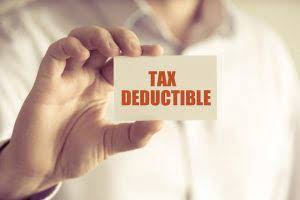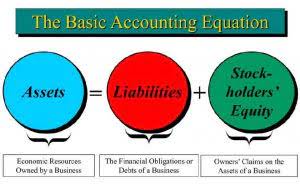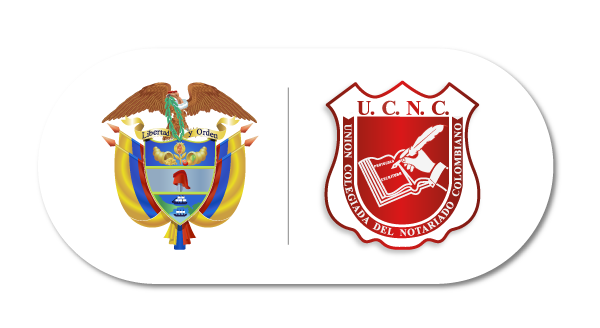
The same approach is used to value used cars, making adjustments to a base value for the presence of options like leather interior, GPS system, iPod dock, and so on. Again, such a valuation approach converts a bundle of disparate attributes into a monetary value. Hupana currently buys the soles that go on their awesome running shoes from a supplier premade and ready to attach to their shoes. Hupana wants to look at the option of making the soles in house, because they have some empty space in their building, that would be a perfect fit for the equipment needed to make the soles. Just to make this simple, let’s assume Hupana already owns the equipment to make the soles. Opportunity costs can be easily overlooked because sometimes the benefits are unrealized, and therefore, hidden from view.

On the other hand, «implicit costs may or may not have been incurred by forgoing a specific action,» says Castaneda. Accounting profit is the net income calculation often stipulated by the generally accepted accounting principles (GAAP) used by most companies in the U.S. Under those rules, only explicit, real costs are subtracted from total revenue. The idea behind opportunity cost is that the cost of one item is the lost opportunity to do or consume something else; in short, opportunity cost is the value of the next best alternative. One of the most dramatic examples of opportunity cost is a 2010 exchange of 10,000 bitcoins for two large pizzas, which at the time was worth about $41. As of October 2023, those 10,000 bitcoins would be worth about $343 million.
Opportunity Cost vs. Sunk Cost
For example, comparing a Treasury bill to a highly volatile stock can be misleading, even if both have the same expected return so that the opportunity cost of either option is 0%. That’s because the U.S. government backs the return on the T-bill, making it virtually risk-free, and there is no such which one of these represents an opportunity cost? guarantee in the stock market. It describes what you lose when you make a decision by considering what you could have gotten if you had made a different decision. The opportunity cost of taking a job offer, for instance, is the money you could have earned if you’d taken a different job offer.
As an investor, weighing out the opportunity cost of each investment decision you make can help you make the most prudent decisions. Without this careful weighing of the options, you may find your portfolio filled with easily outperformed assets. Using the simple example in the image, to make 100 tonnes of tea, Country A has to give up the production of 20 tonnes of wool which means for every 1 tonne of tea produced, 0.2 tonnes of wool has to be forgone.
2: Opportunity Cost
Accordingly, the opportunity cost of delays in airports could be as much as 800 million (passengers) × 0.5 hours × $20/hour—or, $8 billion per year. Clearly, the opportunity costs of waiting time can be just as substantial as costs involving direct spending. Similar to the way people make decisions, governments frequently have to take opportunity cost into account when passing legislation. The potential cost at the government level is fairly evident when we look at, for instance, government spending on war. They are thereby prevented from using $840 billion to fund healthcare, education, or tax cuts or to diminish by that sum any budget deficit. In regard to this situation, the explicit costs are the wages and materials needed to fund soldiers and required equipment whilst an implicit cost would be the time that otherwise employed personnel will be engaged in war.
Trade-offs take place in any decision that requires forgoing one option for another. So, if you chose to invest in government bonds over high-risk stocks, there’s a trade-off in the decision that you chose. Opportunity cost attempts to https://www.bookstime.com/articles/cp2000 assign a specific figure to that trade-off. Investors are always faced with options about how to invest their money to receive the highest or safest return. The investor’s opportunity cost represents the cost of a foregone alternative.
Opportunity Cost Definition
Meanwhile, to make 30 tonnes of tea, Country B needs to sacrifice the production of 100 tonnes of wool, so for each tonne of tea, 3.3 tonnes of wool is forgone. In this case, Country A has a comparative advantage over Country B for the production of tea because it has a lower opportunity cost. On the other hand, to make 1 tonne of wool, Country A has to give up 5 tonnes of tea, while Country B would need to give up 0.3 tonnes of tea, so Country B has a comparative advantage over the production of wool. The concept of marginal cost in economics is the incremental cost of each new product produced for the entire product line. For example, if you build a plane, it costs a lot of money, but when you build the 100th plane, the cost will be much lower.
- With that choice, the opportunity cost is 4%, meaning you would forgo the opportunity to earn an additional 4% on your funds.
- This website is using a security service to protect itself from online attacks.
- For example, if you build a plane, it costs a lot of money, but when you build the 100th plane, the cost will be much lower.
- As an investor, weighing out the opportunity cost of each investment decision you make can help you make the most prudent decisions.
- Trade-offs take place in any decision that requires forgoing one option for another.
- However, the single biggest cost of greater airline security doesn’t involve money.
- When you have real numbers to work with, rather than estimates, it’s easier to compare the return of a chosen investment to the forgone alternative.
